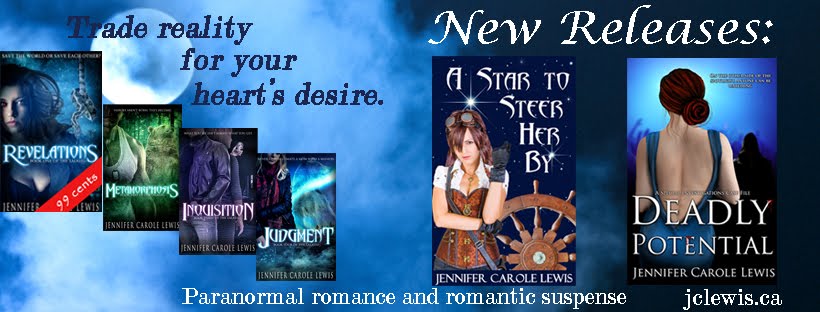An HEA
(Happily-Ever-After) is an intrinsic part of romance, one of the defining
features of the genre. Stories like
Romeo and Juliet or The Notebook might feature a love story but their tragic
endings mean they are not romances. If a
book is labeled as a romance, the reader can know from page one that no matter
how dark and horrible things seem, there is light at the end of the
tunnel. It’s one of the reasons why
romance appeals to me (and to many other readers). We always get an HEA in romance, unlike in
real life.
 |
| Romance view: mood lighting ; real life view: fire hazard |
But not
every HEA is created equal. Every reader
will have a slightly different opinion on what constitutes a satisfying
HEA. For some, they want evidence that
the relationship survives its early turbulent days: i.e. an epilogue set a few
years into the future. For others, they
want a wedding as a sign that the characters are committed to each other. Some readers might want every aspect of the
characters’ lives to be improved (great job, great relationship, all troubles
resolved) while others are satisfied with knowing that the characters will be
facing the difficulties ahead together.
It’s a
tricky balance between what the author considers a satisfying HEA and what the
readers demand. I’ve heard of readers
getting turned off of books because the HEA included a reconciliation gesture
with an abusive family. In their mind,
the HEA would have been more satisfying if the characters had cut ties with people
who had hurt them so deeply before, allowing them to be free of the ongoing
pain. Personally, I find a last minute
wedding to be off-putting as part of an HEA.
If the characters have spent 90% of the book at odds with one another,
then I’m not okay with them suddenly deciding that everything will be great
once they’re legally bound. (I do make
an exception where the wedding is part of an epilogue and it’s clear that some
time has passed and they’ve resolved their differences and are treating one
another with respect.)
Romances
are fantasies, and as such, they can explore scenarios which would be deeply
problematic in real life. For some
readers, they want those fantasies untethered from the concerns of
reality. It’s okay for them if one
character kisses another despite the second’s objections, because they know
it’s all going to work out. For other
readers, that invalidates the HEA and destroys the illusion they were hoping to
enjoy. They want their romantic fantasy
to be an attainable one, something that could happen in their own lives
(werewolves, vampires, and superheroes notwithstanding).
I tend to
fall on the attainable fantasy side of the equation (and I will cling to my
illusion that one day I might find out that superpowers are real). If a hero or heroine does something that would
be unacceptable to me in real life (like kissing someone who has said no, using
insulting slurs against someone’s gender, race, or background, or going to an
isolated location with a threatening stranger) then it no longer matters to me
if everything is going to work out in the end.
Perhaps it’s overly judgmental of me, but in my mind, the character has
no longer earned that HEA. (Again, I can
make exceptions if it turns out that the infraction is part of a character’s
growth arc and they will learn why their actions are not okay and make amends.)
But even
though I have strong feelings on what makes an HEA, you won’t find me telling
someone else that they should find an HEA unsatisfying. Because I don’t have the right to dictate
what fantasy will or won’t work for someone else. There are so many stories out there that
everyone should be able to find HEAs that they can enjoy.


No comments:
Post a Comment